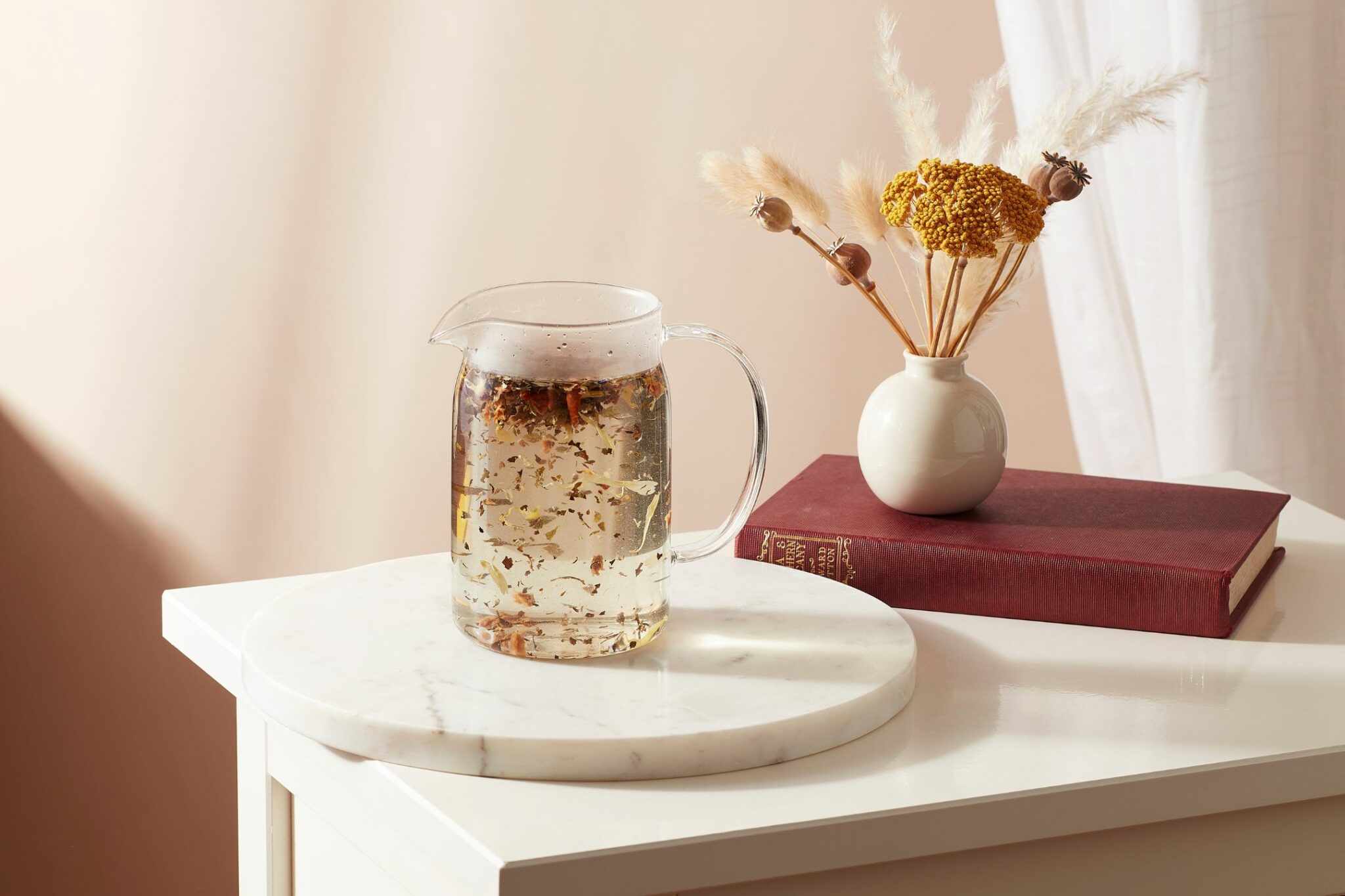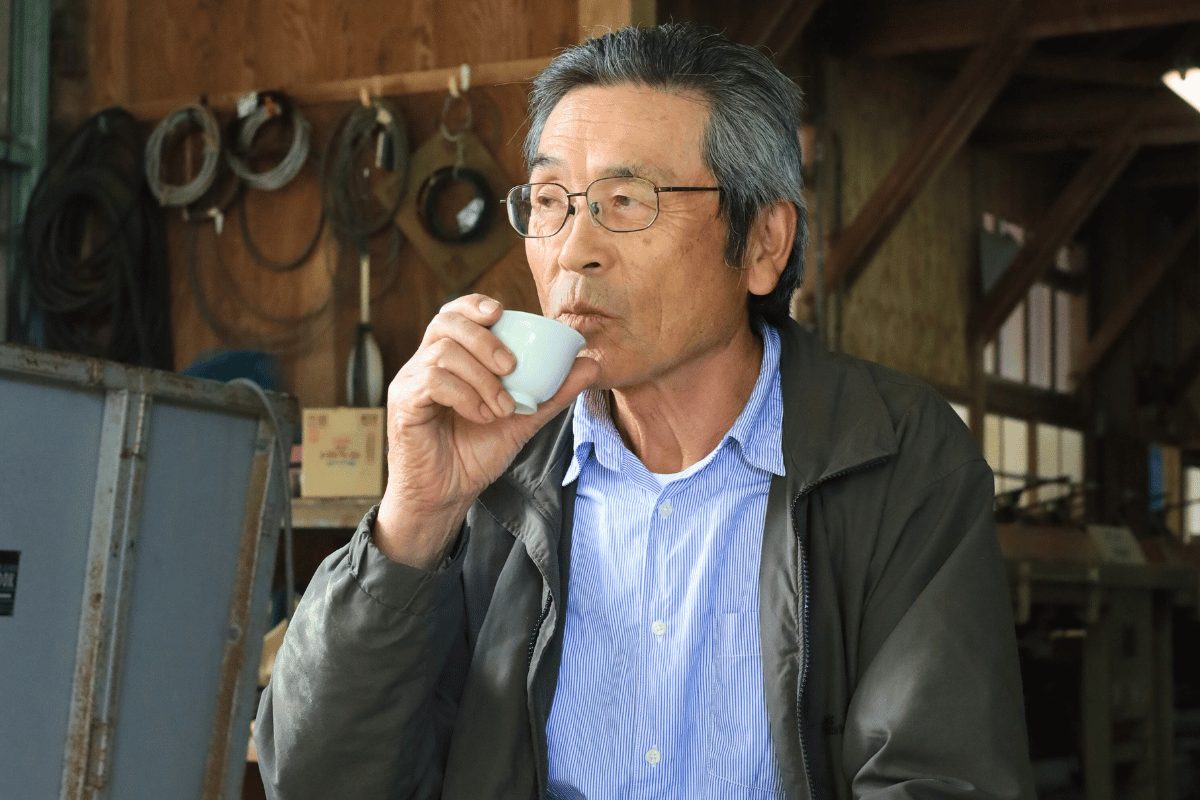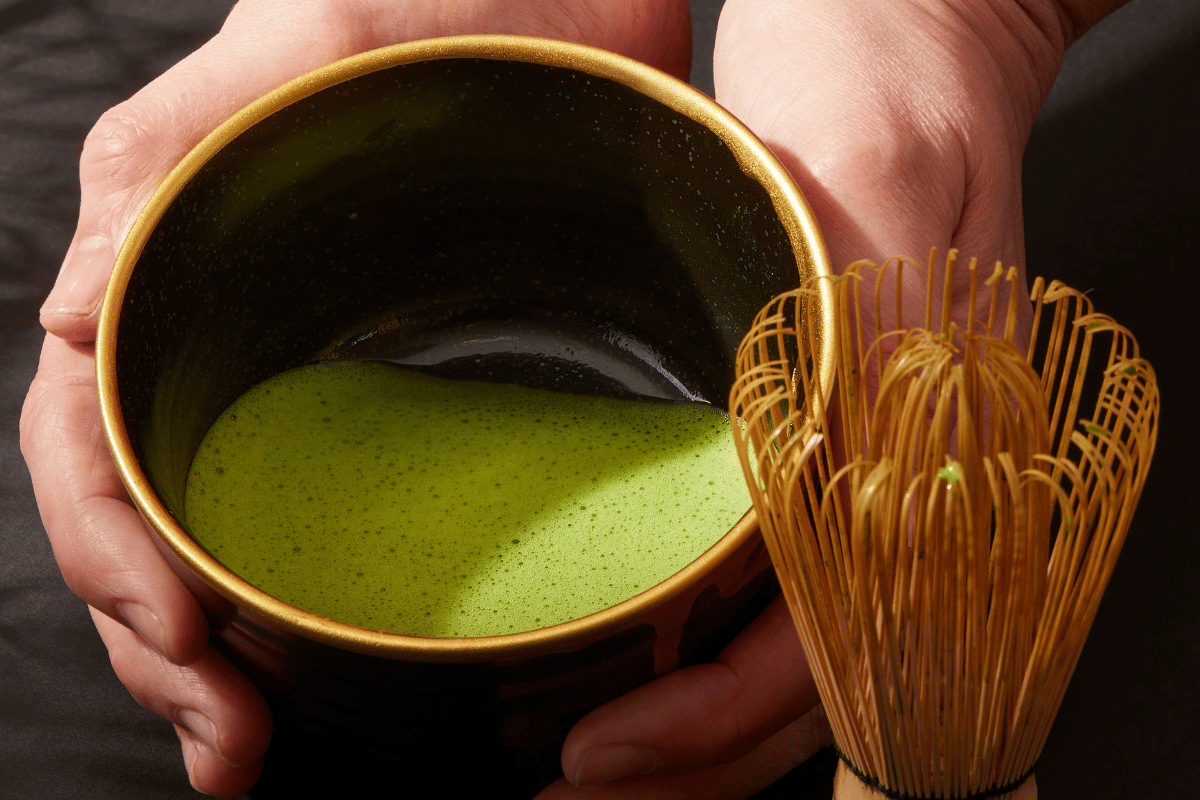Gyokuro Dentou Hon – Hand Plucked in Hoshino
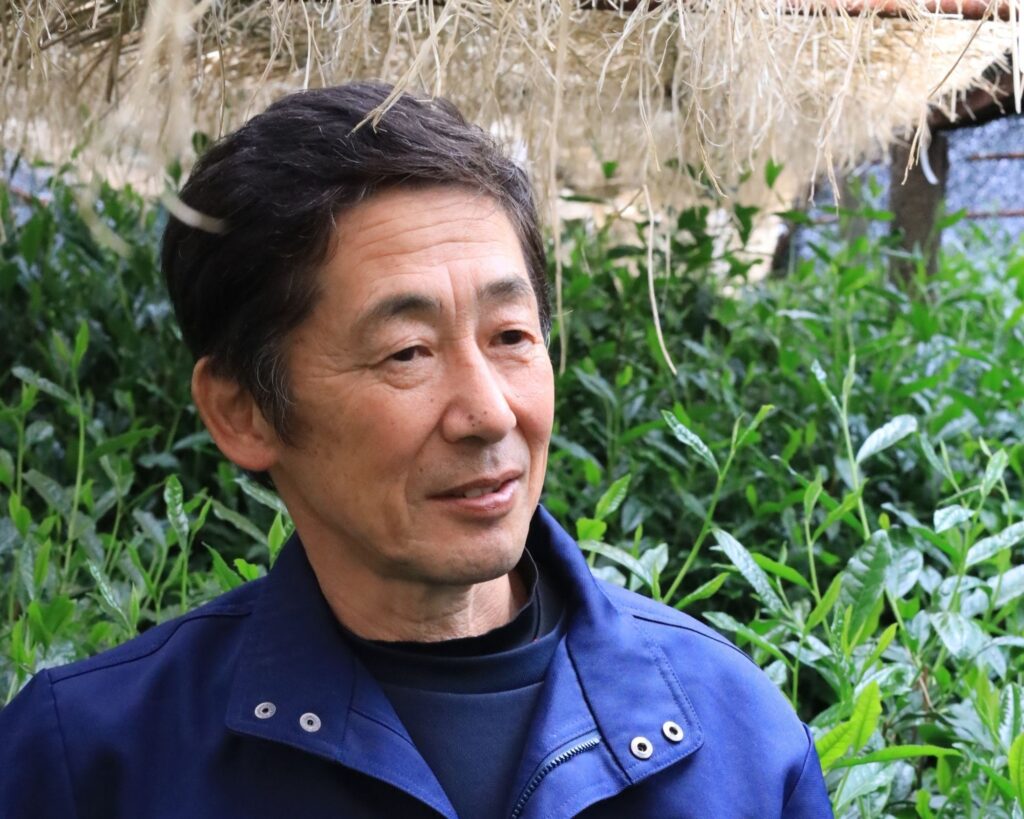
In the misty mountain village of Hoshino, tucked deep within the evergreen forests of Fukuoka Prefecture, lives a first-generation tea farmer named Eshima-San. His secluded tea garden rests beside pure freshwater streams that trickle into the Hoshino river, where the air remains cool throughout the year and the sun arrives late and leaves early. Here, nature moves slowly, and so does the craft of making hand plucked Gyokuro Dentou Hon, Japan’s most revered green tea.
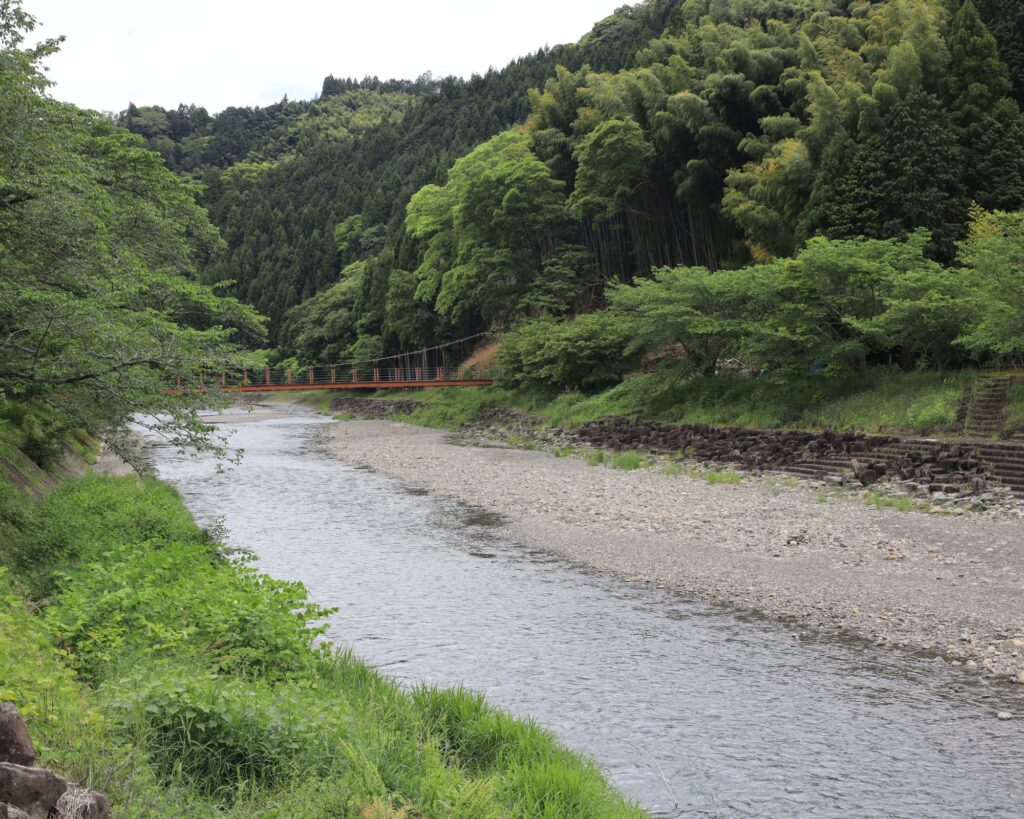
Eshima-San’s tea is not just Gyokuro. It is Dentou Hon Gyokuro, a title reserved for teas grown only in Yame using centuries-old techniques. This special designation is protected by the Japanese government through Geographical Indication (GI) certification, a rare and prestigious honour that preserves the legacy and authenticity of traditional tea-growing regions, much like a fine wine’s terroir.
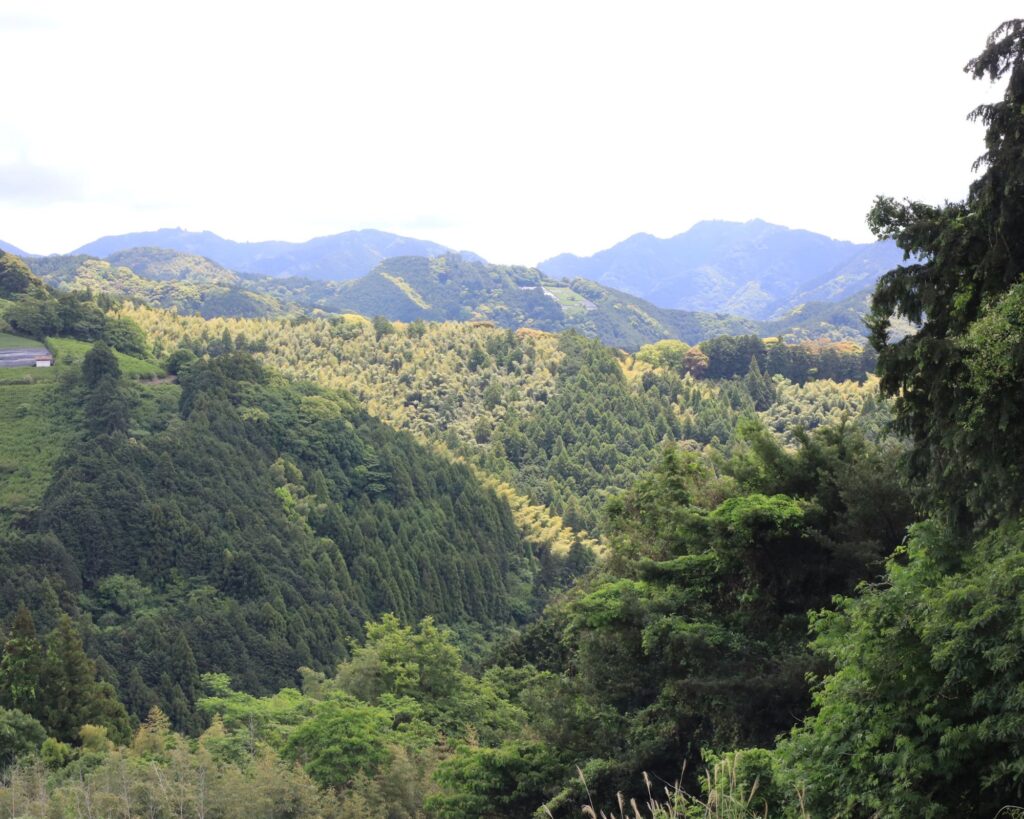
What’s Different About Hand Plucked Gyokuro Tea?
The secret to Gyokuro’s luxurious taste lies in slowing the plant down. As sunlight and warmth speed up growth, bitterness takes over, and amino acids struggle to keep up. But when Eshima-San shades his tea plants, using shelves handwoven from natural straw, he limits photosynthesis. The plant focuses its energy on producing fewer but more nutrient-rich leaves, brimming with amino acids and caffeine. This results in long, dark needles of tea that release a deeply sweet, marine-rich umami flavour that is dense, complex, and utterly unforgettable.

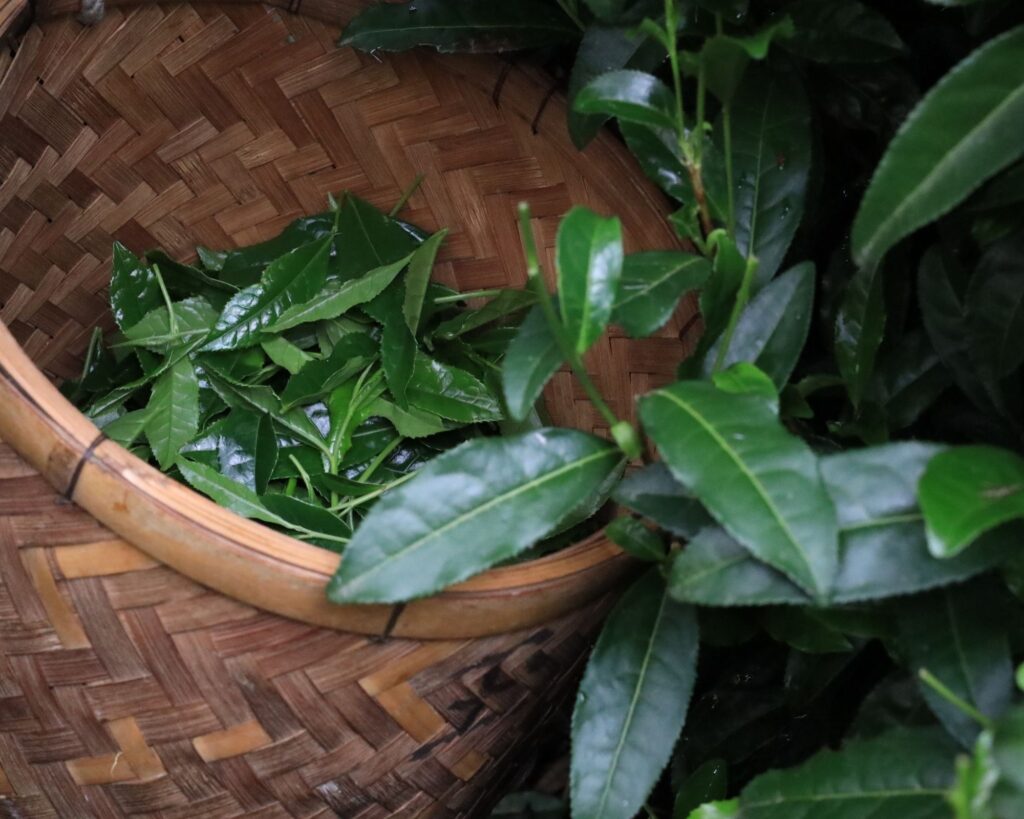
How Hand Plucked Gyokuro is Harvested
In contrast to Sencha, which is harvested up to three times a year, Gyokuro Dentou Hon is harvested only once, in April. Each leaf is hand-plucked with meticulous care… only the top two leaves from each sprig. Even slight pressure from fingers can damage their fragile cells. Machines, while efficient, would crush the very soul of the leaf. So Eshima-San follows the quiet rhythm taught by his elders.
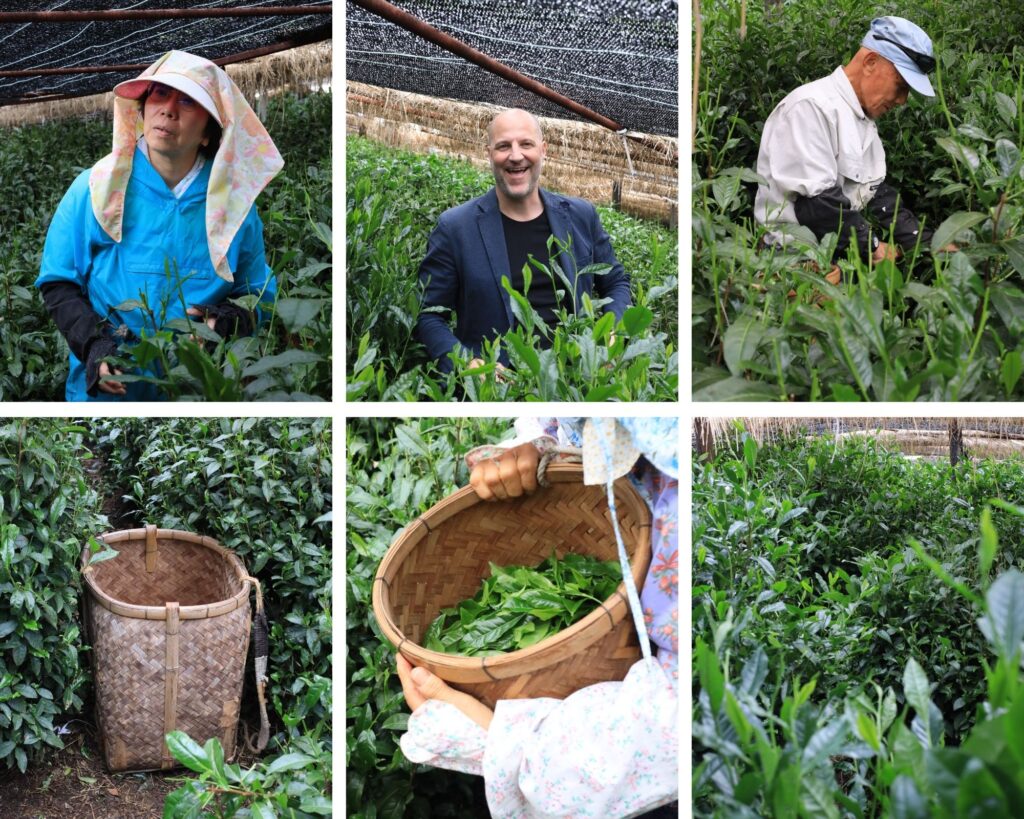
An area of this size could be harvested by machine in 10 minutes. But for Eshima-San, it takes two to three hours of steady hands to collect just 200 grams of perfect Gyokuro.
Farming Gyokuro Dentou Hon is a full-time, daily commitment that demands focus and humility. It is not a profitable trade, and Eshima-San knows it, which is why he has a diverse collection of tea gardens throughout the area producing teas to different grades to support his business.
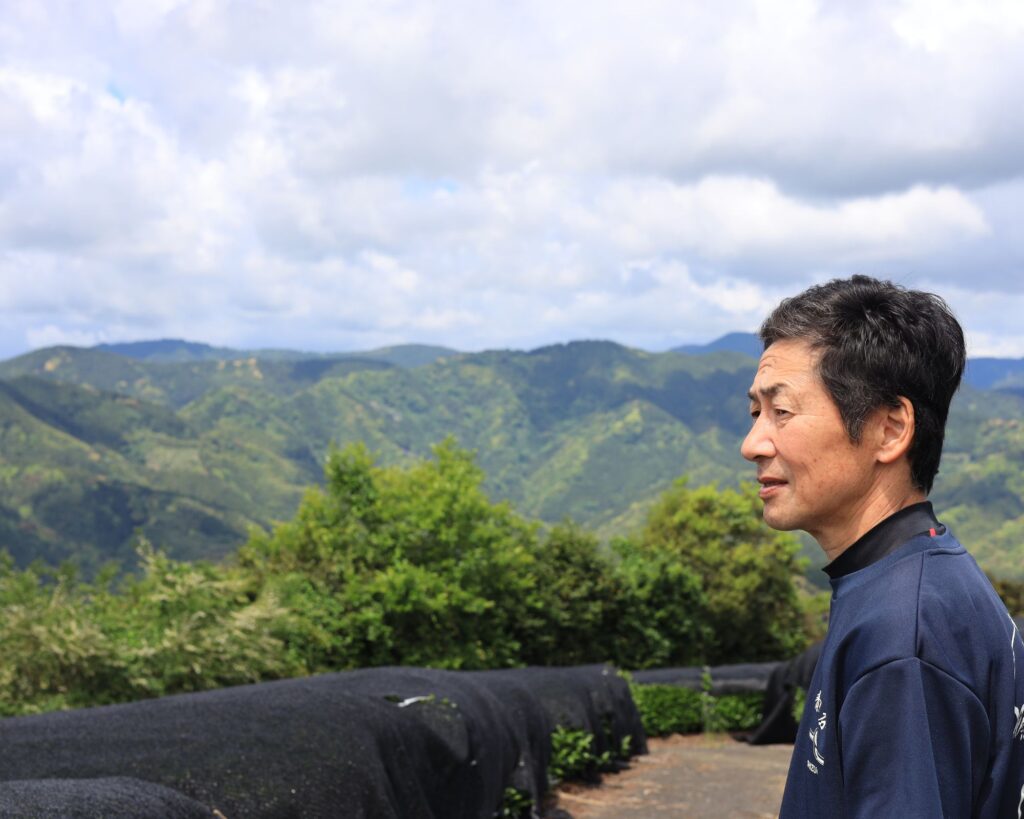
Indeed, as we travel along the road with him, we see abandoned tea gardens growing wild, left to nature by farmers who had to give up the trade.
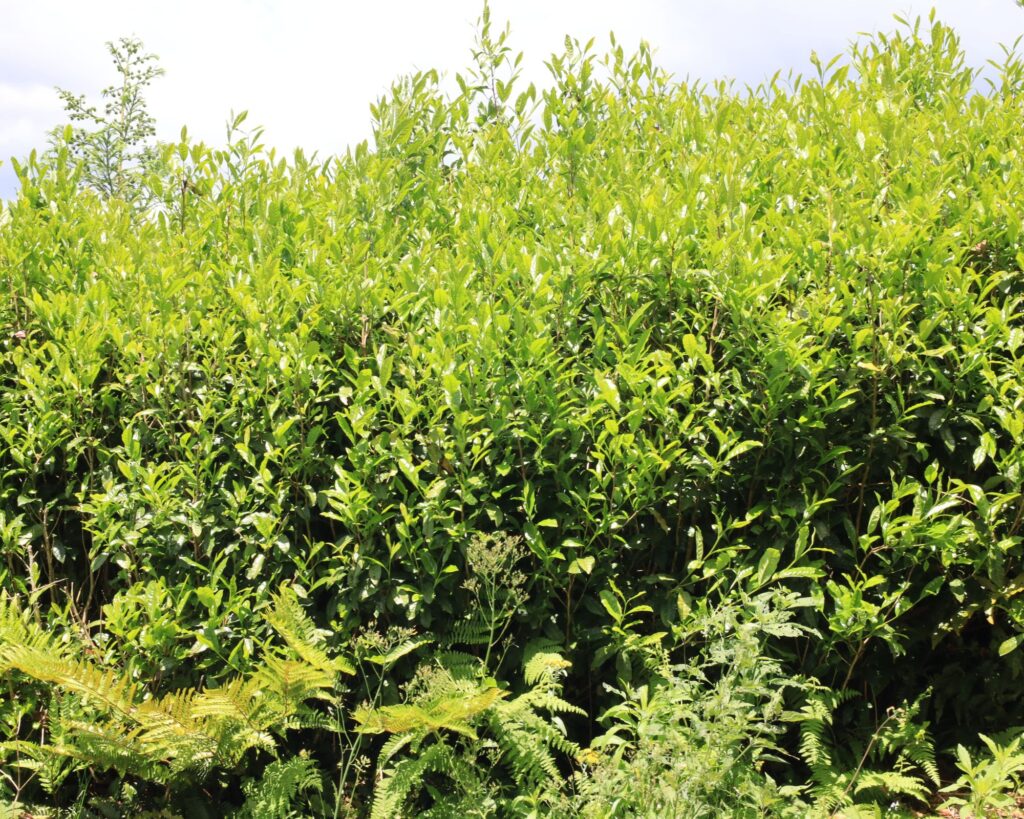
The Future of Gyokuro Dentou Hon
Today, much of his tea is sold in local markets in Fukuoka. With such low yields and modest local prices, many young people avoid the trade. Of over 200 Gyokuro farmers in the region, fewer than a handful are under 40. And so, the tradition teeters on the edge of extinction.
But there is hope. By bringing AVANTCHA Gyokuro Dentou Hon to the global stage, Eshima-San and a few passionate producers aim to protect this endangered art. It is a tea meant for special occasions, not everyday sipping… a ceremonial experience that invites reverence, patience, and joy.
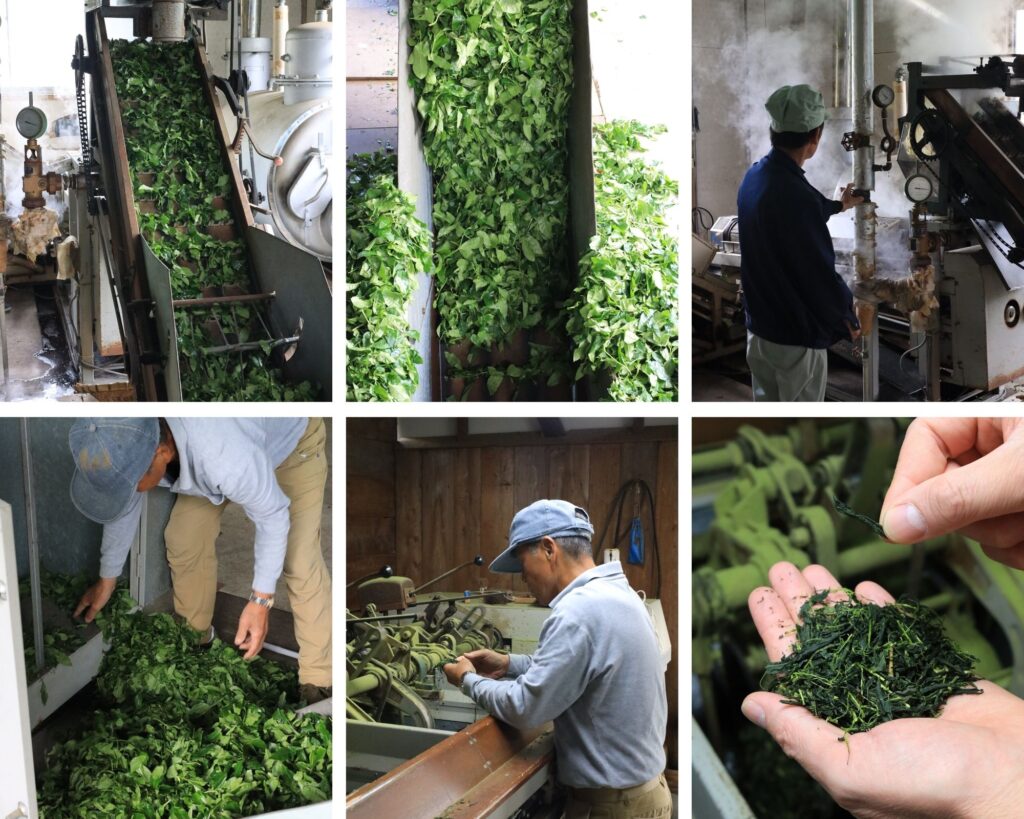
The GI certification awarded to Dentou Hon Gyokuro not only protects the region’s name, but also the exacting techniques used to grow it… natural straw shading, hand plucking, and traditional processing. The tea is now recognised as a national treasure, and with every sip, you taste not just tea, but heritage.
How to Enjoy Gyokuro Dentou Hon
This is not a tea to rush. It is a ritual. Use just 6 grams of tea in 100ml of water, steeped at a low temperature for 20 seconds. Let it unfold over multiple infusions. Feel the umami bloom and soften, revealing hidden vegetal and marine notes.
When finished, don’t throw the leaves away… dip them in a little salt and vinegar and enjoy them as a delicacy.
Alternatively, for a modern brewing method, brew 10g in 1000ml of cold, freshly filtered water for between 2 and 4 hours in the fridge. Decant fully to separate leaf from water and serve as a long, cooling drink.
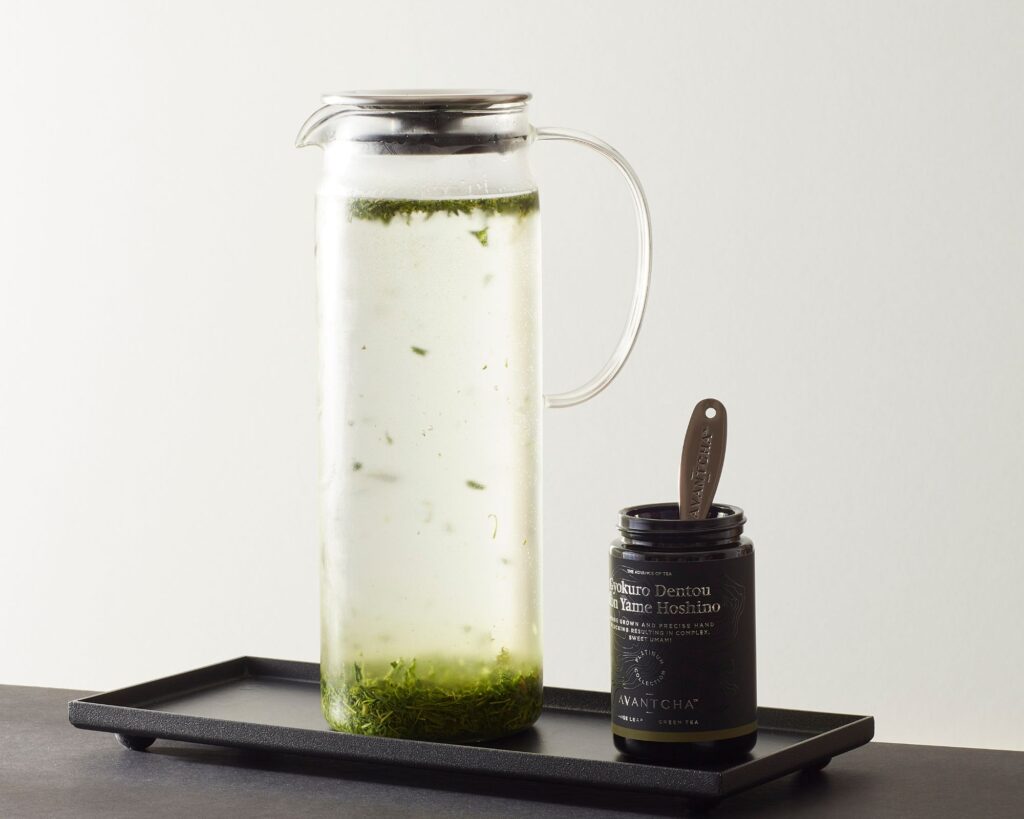
If you enjoyed reading this piece about Eshima-San, learn more about the stories of our Japanese tea masters with this piece on Mori San’s rare Sencha teas…







